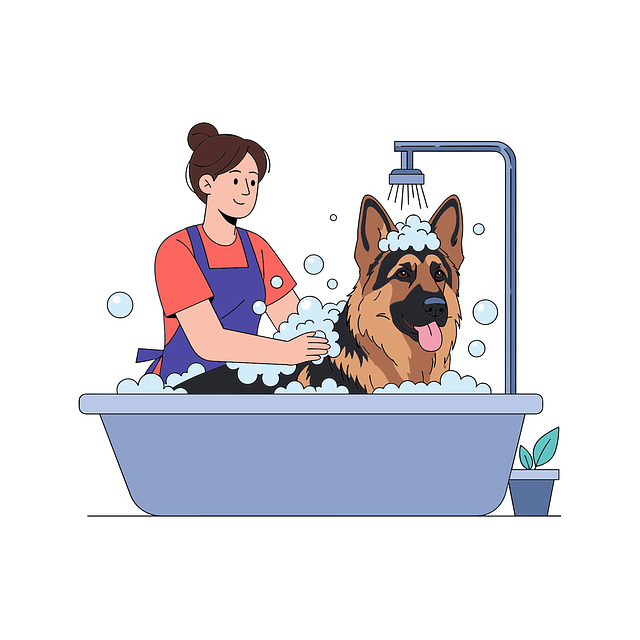Identifying and treating tree diseases like oak wilt and fire blight in Highlands Ranch during late winter/early spring is vital. This period allows for effective pruning techniques, such as removing diseased branches and improving air circulation, preventing fungal/bacterial infections. The optimal time to prune fruit trees is also then, balancing the canopy, thinning interior branches, and using sharp, disinfected tools for clean cuts. Fungicides/pesticides should be applied during this time, targeting regional pathogens with products tailored to their efficacy.
In Highlands Ranch, tree care goes beyond basic nourishment. Understanding common diseases is key to maintaining healthy landscapes. This guide delves into identifying prevalent tree ailments and offers strategic solutions, focusing on pruning techniques for prevention and control. Additionally, it outlines the selection of effective fungicides and pesticides. Knowing the best time to prune fruit trees—typically late winter or early spring—is a game-changer for disease management. Implement these practices for a vibrant, disease-resistant ecosystem in your Highlands Ranch yard.
- Identifying Common Tree Diseases in Highlands Ranch
- Pruning Techniques for Disease Prevention & Control
- Choosing Effective Fungicides and Pesticides
Identifying Common Tree Diseases in Highlands Ranch

In Highlands Ranch, identifying common tree diseases is a crucial step in developing an effective treatment plan. The best time to prune fruit trees, which often fall victim to various pathogens, is during the late winter or early spring months when the tree is dormant. This practice minimizes the risk of further damage and promotes faster healing. Some prevalent issues include oak wilt, caused by a bacterial infection, and fire blight, a fungal disease affecting ornamental apples and pears.
These diseases can spread rapidly, so prompt recognition is vital. Residents should look out for leaf browning, branch dieback, and abnormal growths. Regular inspections allow for early intervention using methods like sanitation pruning, application of fungicides or bactericides, and sometimes, in severe cases, tree removal to prevent the disease from spreading to healthy trees.
Pruning Techniques for Disease Prevention & Control

In Highlands Ranch, the best time to prune fruit trees for disease prevention and control is during late winter or early spring, before new growth begins. This timing allows you to remove any dead, diseased, or damaged branches while minimizing the risk of pest invasion. With proper pruning techniques, you can help reduce the spread of fungal and bacterial diseases that often thrive in dense, cluttered foliage.
When pruning, focus on maintaining a balanced canopy and improving air circulation. Remove crossing or rubbing branches, as well as any suckers growing from the base of the tree. For fruit trees, aim to thin out interior branches to allow sunlight penetration and reduce moisture buildup. Remember, sharp tools are essential for clean cuts that promote faster healing. Disinfect your tools between cuts, especially when dealing with diseased branches, to prevent further contamination.
Choosing Effective Fungicides and Pesticides

When considering disease treatment plans for your fruit trees in Highlands Ranch, selecting the right fungicides and pesticides is paramount. The best time to apply these treatments is during late winter or early spring, just before bud break, as this is when tree diseases are most vulnerable. This timing also ensures that the chemicals have ample time to take effect before the active growth phase of the tree begins.
Choose products specifically formulated for fruit tree care, focusing on those that target common pathogens in your region. Always follow label instructions strictly for safety and efficacy. Additionally, consider organic or natural alternatives if you prefer a more eco-friendly approach, though these may require more frequent applications.
In conclusion, a comprehensive tree care disease treatment plan involves a combination of identifying common diseases like those found in the Highlands Ranch area, employing effective pruning techniques such as the best time to prune fruit trees, and selecting suitable fungicides and pesticides. By adhering to these strategies, homeowners can ensure their trees remain healthy and vibrant, enhancing the overall landscape’s beauty and value.
